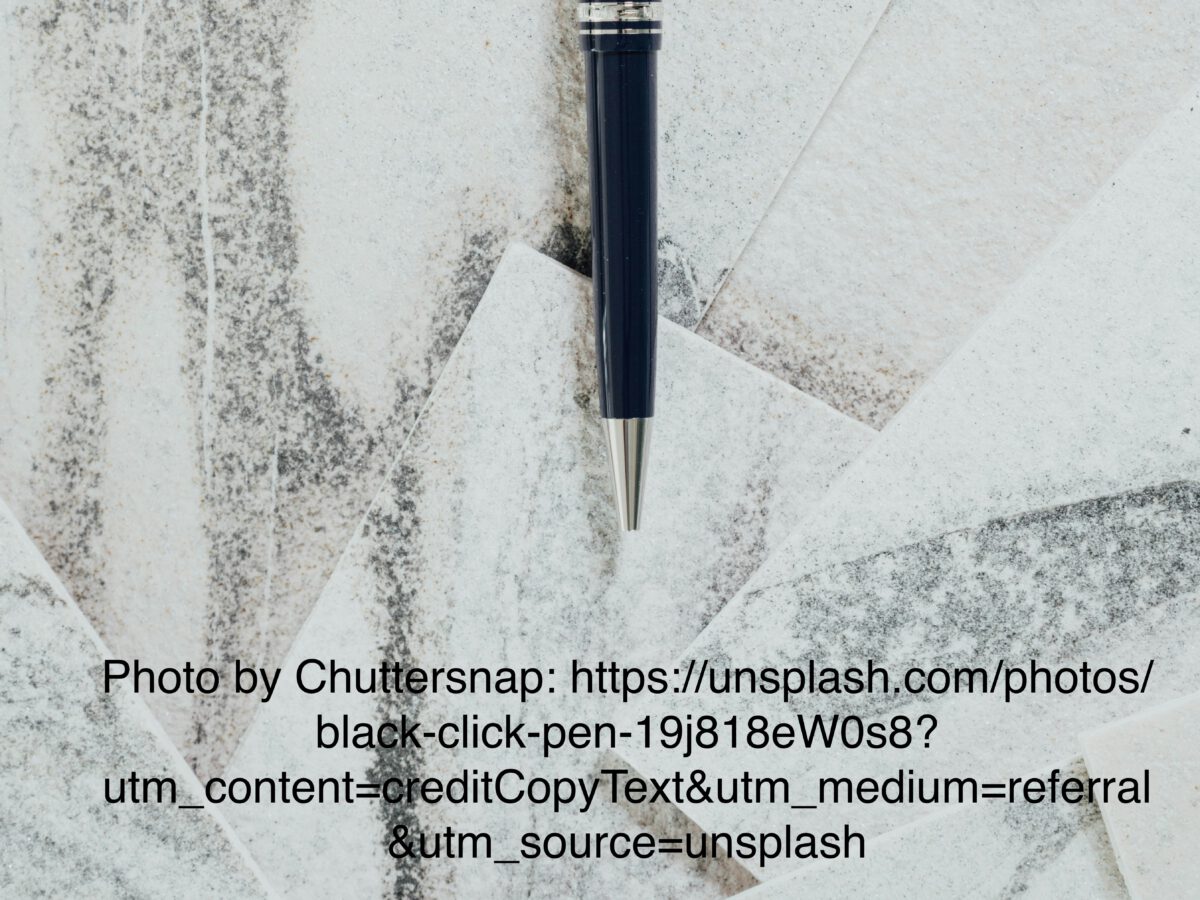
History-Futures | Week-5 (GDE720)
Week 5
Visual Writing – Stuart Tolley lecture
- What drives an artist or graphic designer to write about visual culture?
- modern art -> against social and political hierarchy, fine art opponents
- futurism: Denouncing the past -> modern world, industry, dynamic
- Vorticism: formed by writer and artist Wyndham Lewis; partially inspired by Cubism
- De Stijl-movement: Theo van Doesburg; reduction of form/color; redefine idea of art with new set of rules (against Art Nouveau) -> abstract, simplified, geometrical, removal personality artist in favor of clarity
- 1920’s and 30’s New Typography: reject systematic traditional type arrangement; instead blank fields and arrangement in asymmetrical and harmonious way (ex: Jan Tschichold: https://medium.com/@digitalonetwo/the-new-typography-excerpt-c2a3c1325f23)
- International typographic style: Swiss style -> introduced modern graphic design principles to public; objective graphic design: “objective design solutions that “removed subjectivity, resulting in designs that were clear and functional” , “emphasized the use of sans-serif typography, grid systems, and an overall approach that favored simplicity over ornamental details” (ex: Josef Müller-Brockmann)
- – Photo should deliver the truth after the war that was driven by political “passions”, – propaganda => Cool strategic response
- – Grafik designer = force for good
- – info is structured in the same rational as architecture -> graphic designer is builder of communication
- – New graphic = field of Swiss graphic design
- – Emil Ruder
- – Paul Rand: A logo doesn’t have to show what the business does. It becomes useful after it is used (illustration is the product)
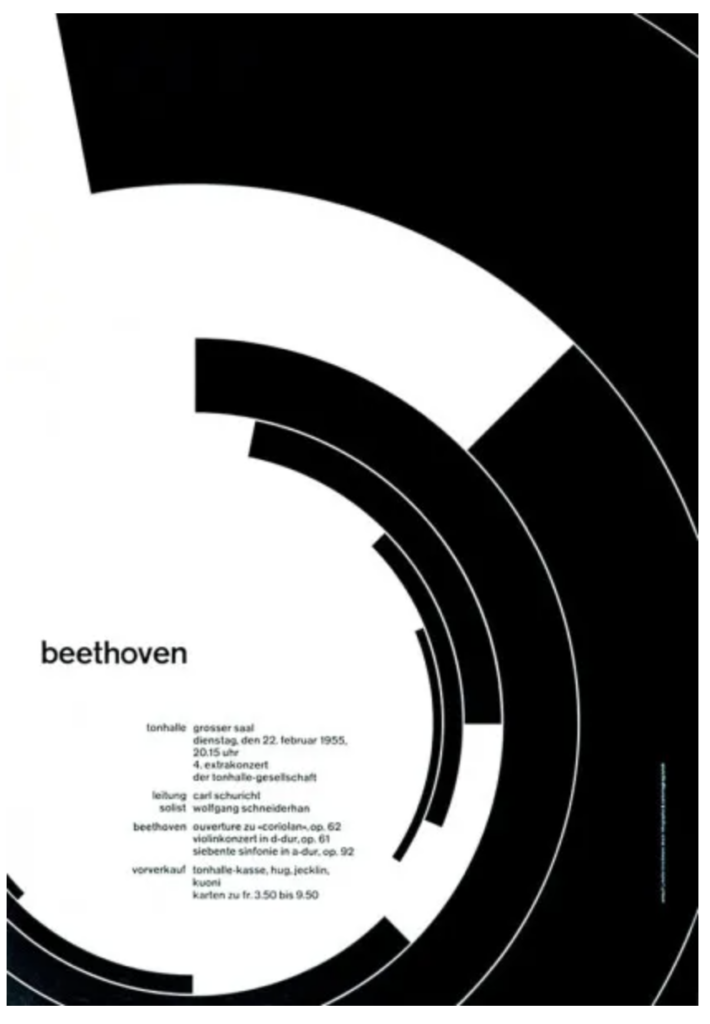
Neue Grafik (New Graphic Design) journal. Design by Josef Müller-Brockmann- Contemporary visual writing is less revolutionary and focused on inspirational guides and trends
- – Book by Adrian Shaughnessy: How to be a Graphic Designer, Without Losing your Soul
- – Ken Garland
- – historical subject designed from a contemporary background -> contemporary fonts, design and layout
- – identity manuals: information design -> tactile nature of the original manuals
- – flawless photography
- – In Loving memory of work, book by Craig Oldham
- – Oh Sh*t… What Now?, book by Craig Oldham
- – Octavo graphic design magazines
Webinar week 5
- Writing is hard
What to consider for the visual essay:
- Tonality
- Hear the voice of the author
- Keep the audience in mind (User personas?)
- include orientation “devices”: In this paragraph I will talk about…; In the next…; In the last section we looked at..in the next section we do this…
- Define positionally: Show my position on a topic
- Write critical and not descriptive -> significance of things that happened; Relevance of links between information
- Opinion vs. argument -> prefer argument which is based on evidence
- Use signal verbs (making a claim, questioning etc.)
- Precision (ex.: not: a lot of people; instead: 500 people)
Other resources
Anna Gerber and Britt Iverson talk (youtube)
- Visual writing = using visuals as a way to tell stories
- Look a book publishing in a different way
- tactility of print and paper on screen
- books: The Life and Opinions of Tristram Shandy, Gentleman: Introduced by Will Self, Tree of Codes : Safran Foer, Jonathan
- A need and desire for physicality of cultural objects
- It’s about pushing boundaries and how we tell stories
- Universal everything: Digital Art and Design Studio
- It’s not just about what you do, but also about who you did it with and how you got there
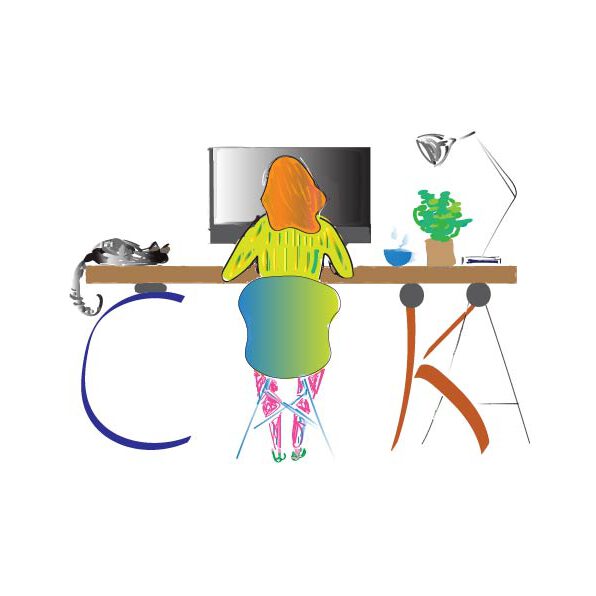
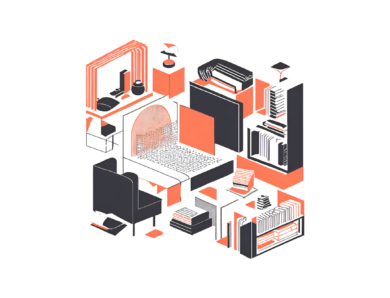
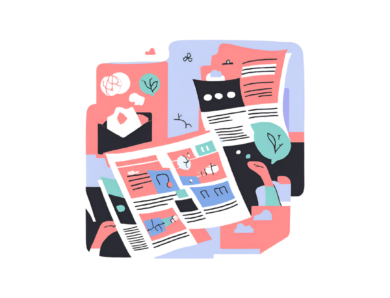
No Comment